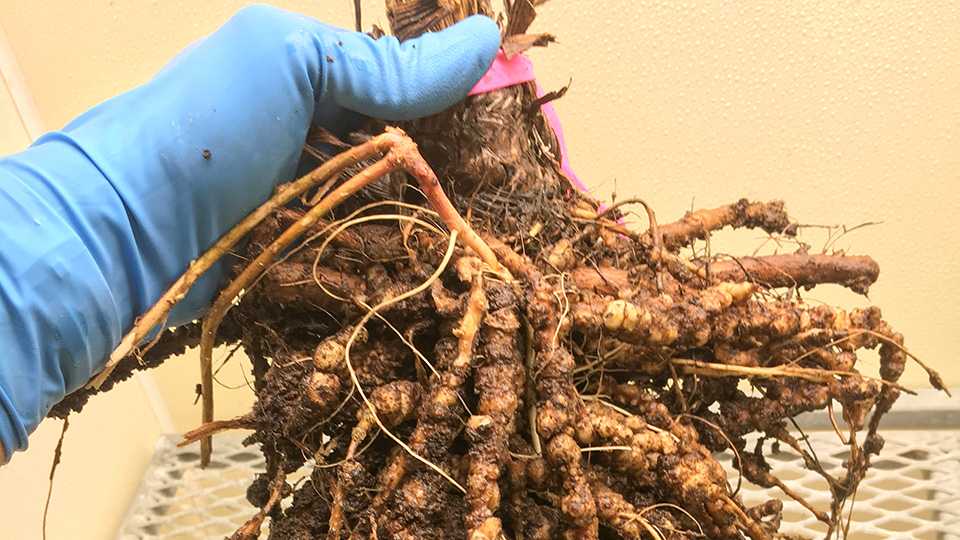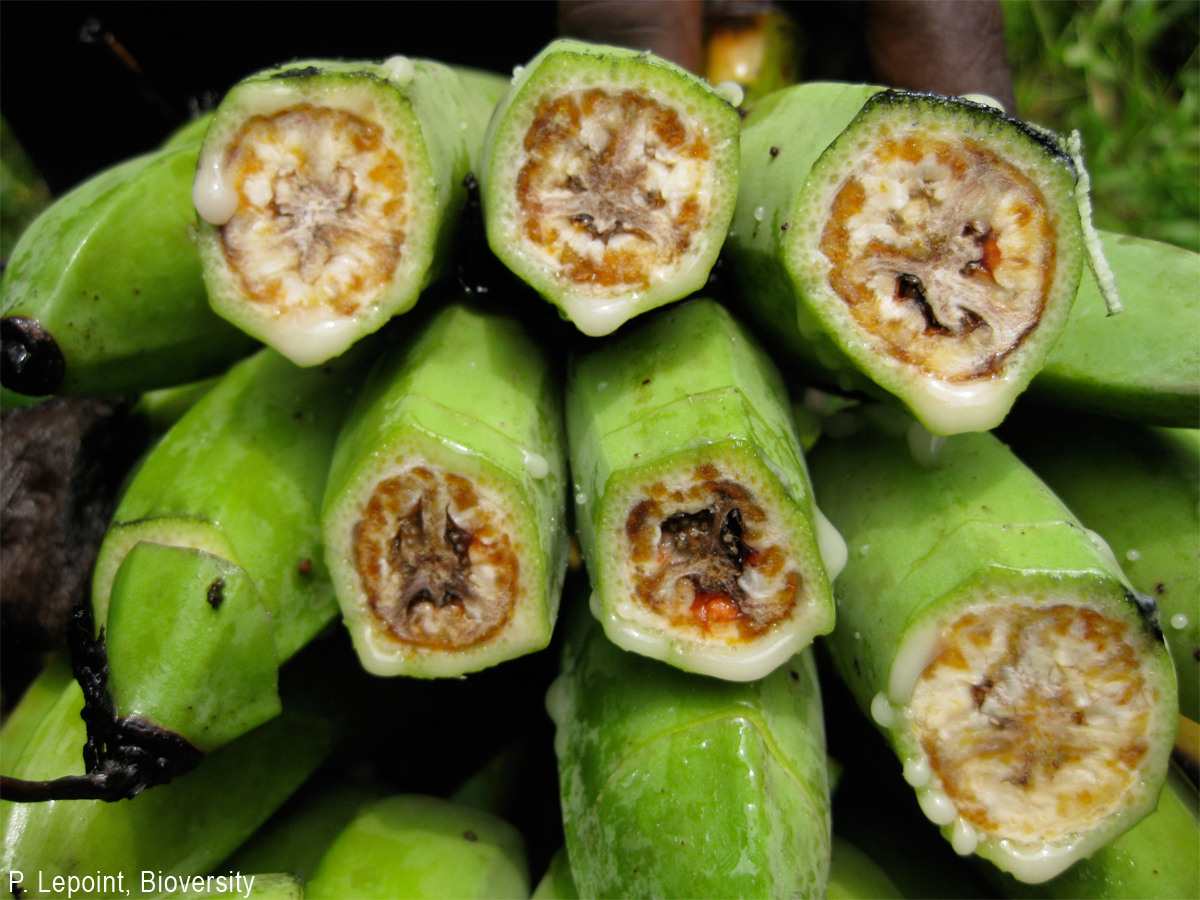It was a wet summer for Westlock farmer John Guelly.
One day in August 2013, on a routine inspection of his field, he got a sinking feeling. Some of his crop had drowned in puddles in the soil. He checked further into the field and noticed even more of his crops had died. “I, for whatever reason, just started pulling plants and as I pulled I found what I thought was clubroot,” Guelly said. The plants hadn’t died from water but from a disease Guelly had never seen before on his farm about 90 kilometres north of Edmonton. He took some pictures and within a couple of days, he had it confirmed. It was clubroot, a soil-borne disease that stops the plants from properly absorbing water and nutrients. “Very somber moment, a real punch in the gut,” he said. Guelly’s story is one that many farmers are all too familiar with. Since its appearance in Alberta, clubroot has spread exponentially over the years. It now infects farms in 42 municipalities, and is starting to bleed into neighbouring farming provinces of Saskatchewan and Manitoba. The Alberta government last updated the provincial plan to clean up the disease seven years ago despite top research being produced in Edmonton. They also have not found a way to consistently help farmers and eradicate the destructive disease.
ScaleAgData Stakeholder Engagement Event
22.10.2024The ScaleAgData project is pleased to invite you to our second stakeholder event. Building on the discussions and connections formed during our first webinar, this event will focus on fostering collaboration among stakeholders, providing updates on our project’s progress, and outlining future opportunities for engagement.

Sinkholes in Turkey's agricultural heartland fuel farmers' concerns
Hundreds of sinkholes have emerged in Turkey's central agricultural region due to dwindling rainfall and receding groundwaters, causing concern among farmers and environmental experts who see it as a worrying sign of climate change.

Ghana - Agriculture Minister launches $147.3m PROSPER Project to modernise agriculture, support 420,000 farmers
The Minister for Food and Agriculture, Eric Opoku, has launched a national agricultural intervention project dubbed the Promoting Rural Opportunities, Sustainable Profits and Environmental Resilience (PROSPER) Project, aimed at modernising Ghana’s agricultural sector and improving the livelihoods of about 420,000 beneficiaries across eight regions.

Philippines - Crop damage estimate after Uwan upgraded to P14 billion
The final estimate of damage to agriculture caused by Super Typhoon Uwan (international name: Fung-wong, has been set at P14.12 billion, according to the Department of Agriculture (DA).

Nepal’s farm and livestock imports hit Rs 150 billion in five months as dependence grows
The growing trend of youth migration for foreign employment, increasing fallow land and the lack of modernization and commercialization in agriculture have all contributed to stagnant domestic production. As local output fails to meet demand, Nepali consumers are increasingly reliant on imported agricultural goods.

Fisheries sector losses from cyclone estimated at Rs.8 Bn
The Fisheries Ministry reports that Cyclone Ditwah has caused losses to the fisheries sector amounting to nearly Rs.8 billion.

USA - Mills County board hears agriculture land inspection proposal for carbon pipeline project
Mills County officials heard the latest regarding a proposed carbon dioxide pipeline that would cut through a rural portion of the county's northwest corner.

Fiji’s agriculture faces threat from root-knot nematodes
Fiji’s agriculture industry is confronting a new challenge with root-knot nematodes, pests that attack plant roots and reduce nutrient absorption.

USA - USDA to expand crop insurance access for farmers and ranchers
U.S. Secretary of Agriculture Brooke L. Rollins recently announced major updates to federal crop insurance, reducing red tape for farmers, modernizing long-standing policies, and expanding access to critical risk protection beginning with the 2026 crop year.




